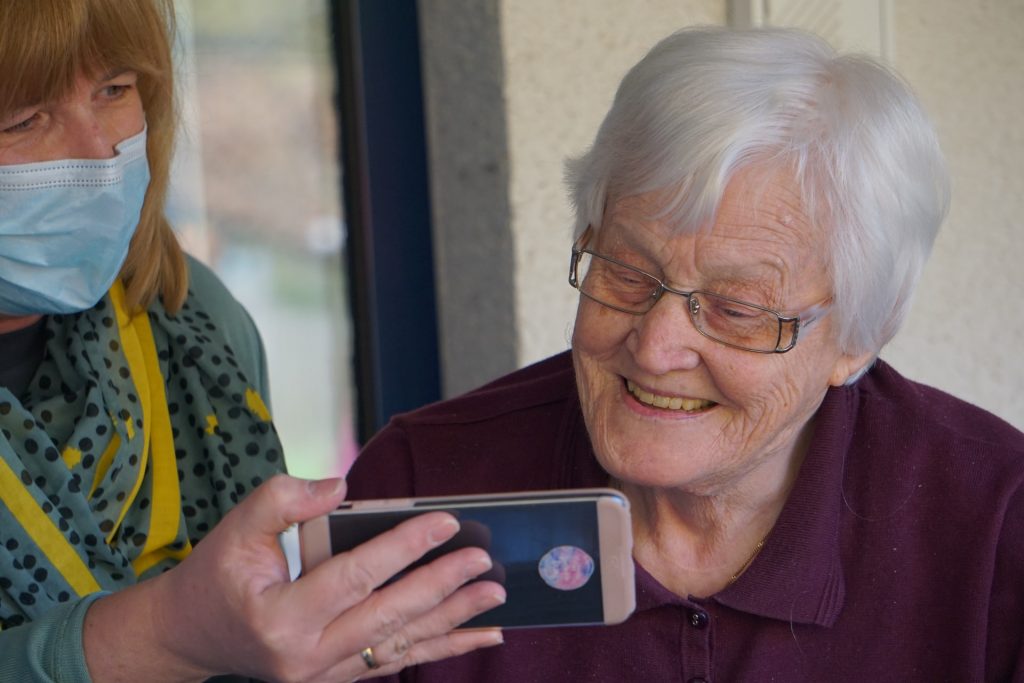It’s not what you have at the end of life; it’s what you leave behind that matters. –Stedman Graham
End-of-life planning is a complex topic to discuss, but it’s also vital to prepare for it. Preparing for the end can alleviate a heavy burden off your loved ones’ shoulders and bring them peace of mind in the long run. It also decides the fate of your digital legacy when the time for your final goodbye comes.
No one talks about their End Of Life plans and wishes, yet these can make all the difference to your family members. End-of-life planning can be an overwhelming topic. Understanding what End Of Life Planning is, and completing a thorough End Of Life plan, can be the ultimate gift for your loved ones. It will save them from costly or time-consuming legal difficulties after your death.
So, we are here to help you learn about End of Life Planning, starting with what exactly is it?
What is End of Life Planning?
You can think of End of Life Planning as a way of formalizing your wishes as you reach the last phase of your life. Often we find ourselves in a place where we cannot share our final wishes. Due to this, our loved ones find themselves in situations where they have to make tough choices.
By creating an end-of-life plan, you can make the following things clear:
- End-of-life care preferences.
- The extent of required medical care (how many medical interventions and treatments are you comfortable with).
- Final wishes/ instructions.
- Funeral plans and arrangements.
Although these are sensitive topics and might make you uncomfortable, they clear your wishes and reduce a huge burden (making difficult decisions on your behalf) off your loved one’s shoulders.
Bringing peace to your loved ones alone makes End of Life and digital legacy planning worth it. You can think of it as a gift of a “lifetime” for your family.
What is the importance of End of Life Planning?
End of Life Planning ensures your wishes are official. It includes creating a digital legacy Plan, having your preferences set for the future of life care, Legacy Planning, and much more. Thus, creating an End of Life Plan is essential to ensure different aspects of your life are taken care of, and your loved ones are protected from stressful situations even after your demise.
Being prepared is always the better option, especially if you have been diagnosed with a terminal illness. End of Life and digital legacy planning becomes crucial as it helps you establish your future decisions and help you take control over the last phase of your life.
Moreover, it allows you to protect your loved ones while securing your Legacy. It won’t be easy to prepare for the end. So, make sure you have a conversation with your family and involve them whenever necessary. It will help them understand the importance of End of Life Planning which might help them in the future.
How to create an End-Of-Life Planning checklist

A checklist for your end-of-life plan will help you cover all the crucial aspects of planning for the end. And we are here to help you prepare the ultimate End of Life Planning Checklist. Follow these steps to ensure all aspects of your end-of-life plan are covered:
- Arrange essential end-of-life planning documents
- Create a list of all your Assets
- Decide your end-of-life housing plan
- Write down your final wishes regarding funeral arrangements
- Prepare an Obituary or a Death Notice.
These are the steps to keep in mind while creating an End Of Life Planning Checklist. Let’s discuss these points briefly to sort out any confusion you might have.
Arrange Essential End Of Life Documents
Here are a few critical documents that you should include in your End of Life Planning Checklist:
- Living Will: It is a legal document that outlines your preference regarding medical care such as tube feeding, pain management, medication, resuscitation, and dialysis.
- Last will: Unlike Living Will, it allows you to express your wishes for “ after your death.” In the last will, you can determine how your assets should be distributed after death.
- Living Trust: It is similar to Living Will, only it determines how your financial assets are distributed after your death.
- Letter of Intent: It is not a legal document but a personal way to express your “End of Life Planning” to your loved ones. You can include your final wishes regarding funeral arrangements, care instructions for pets, instructions for your Digital Assets, etc., in a Letter of intent.
- Letter of Competency: A letter of competency includes a letter written by your doctor that attests to your mental capacity when you draft your will or other legal documents.
- Financial Power of Attorney: It grants a trusted person of your choice the authority to manage your legal and financial affairs.
- Health Care Power of Attorney: It comes into effect only when you cannot make medical care decisions alone. Your Healthcare Power of Attorney can act on your behalf if you are incapacitated.
Create a list of all your Assets
You can pass on your assets to your family members after your demise. Here are examples of different assets to be included in your checklist.
- Bank accounts information/ safety deposit box location
- Real Estate/ Property details
- Life insurance details
- Pension/retirement plans
- Online accounts- social media accounts, online subscription accounts, etc.
- Investments and stock details
Decide your End of Life Housing Plan

The first thing you can do is decide the type of housing you may need. You may need an assisted living facility, nursing home, or in-home care.
- Assisted Living Facility: Before deciding on your assisted living facility, look at its layout, amenities, services, and the level of medical care they offer.
- Nursing Home: Make sure your chosen facility is a good fit for your current and future needs. A nursing home is one step ahead of an assisted living facility as they provide more intensive care.
- In-Home Care: It is a very different experience, and you need to see how comfortable you are with the caregiver staying in your house.
Write down your final wishes regarding funeral arrangements
Planning for funeral arrangements might seem dreadful, but it is one of the mindful gifts you can give to your loved ones. Deciding on your funeral and burial plans can ease off their burdens while they grieve your death.
You can tell your loved one what sort of funeral you want. Here are a few types of funerals you can choose from:
- Traditional service
- Memorial service
- Celebration of life
- Ashes scattering ceremony
Prepare an Obituary/ Death Notice
Many people prefer to write their obituary and death notice on their own, while others choose to talk with their family members to let them know what they would like to be included when the time comes.
A death notice usually includes basic information such as full name (maiden name) and a nickname. It can also include the date and place of the death, surviving family members’ names, and details of any service or funeral. And it also contains the names of charities or businesses where donations can be made to honor the deceased.
Conclusion
Think of End of Life Planning as providing peace to your loved ones even after your death. It helps them in their grieving process while safeguarding all their assets be it tangible or intangible. It also ensures all your final wishes are known to your family and are honored by them.
Digital Estate Planning is also vital to “End of Life Planning.” It includes your final wishes regarding your Digital Life. You may not realize it, but it will give your loved ones a great sense of assurance when you are gone.
And, Clocr is here to help you in your end-of-life planning goals. Our numerous services, such as digital vault and digital estate planning, allow you to leave behind a remarkable digital legacy after you bid adieu to the world. So sign up at Clocr today!




